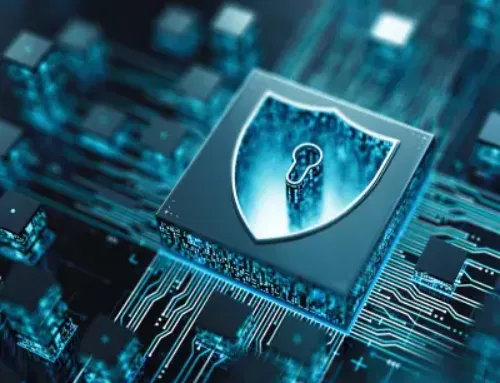Why Your Employees Are Your Biggest Cybersecurity Risk (and How to Fix It)
The Threat Inside the Office
When most people picture a cyberattack, they imagine a hooded hacker hammering away at code in a dark room. The reality is far less cinematic, and far more common. Most breaches don’t start with a technical masterstroke. They start with an employee clicking a link they shouldn’t.
It’s not because your team is careless or malicious. It’s because they’re busy, moving fast, and often unaware of just how convincing modern scams have become. One wrong click, one reused password, or one casual share of information can give attackers exactly what they need.
The good news? Employees can be your biggest risk or your strongest defense, depending on the tools, training, and culture you put in place.
In this post, we’ll look at why human error is still the #1 cause of breaches and exactly how to turn your team into a cybersecurity asset instead of a liability.
The Risk Is Real: Common Employee Cybersecurity Mistakes
Cybercriminals don’t need to “hack” their way into your systems if someone on your team accidentally opens the door. And in many cases, they don’t even have to try very hard, because small, everyday mistakes are all it takes.
Here are some of the most common ways employees unknowingly put businesses at risk:
Individually, these mistakes might seem small. Together, they create a wide-open entryway for attackers; no advanced hacking skills required.
Why This Happens (It’s Not About Being Careless)
It’s easy to assume security mistakes come from employees not paying attention, but the reality is more complicated. Most of the time, the problem isn’t carelessness. It’s the environment they’re working in.
Here’s why even smart, capable people fall for cybersecurity traps:
This isn’t about blaming employees. It’s about recognizing that without the right training, tools, and processes, anyone can make a mistake. The key is to make doing the secure thing the easy thing.
How to Fix It: Practical, Human-Focused Solutions
Reducing employee-related cybersecurity risks isn’t about installing more software and hoping for the best; it’s about combining the right tools with habits your team can (and will) stick to.
Here’s where to start:
Start with Training That Sticks
Forget the once-a-year, hour-long lecture. Short, frequent sessions keep security top of mind and make it easier to remember the essentials.
- Use phishing simulations to test awareness.
- Share real-world examples that are relevant to your industry.
- Make security part of onboarding for every new hire.
Turn on Multi-Factor Authentication (MFA)
MFA blocks 99% of password-based attacks, even if credentials are stolen. Wherever possible – email, POS admin, cloud apps – make it standard.
Use a Password Manager
A good password manager generates and stores strong, unique passwords for every account. It also makes it easier for employees to log in securely without taking shortcuts.
Restrict Admin Rights
Most employees don’t need permission to install software or change system settings. Limiting these rights reduces the risk of accidental malware installs.
Create a Safe Reporting Culture
Mistakes will still happen. The faster someone reports clicking on a suspicious link or downloading the wrong file, the faster you can contain the damage. Make sure employees feel safe admitting mistakes without fear of punishment.
When you combine awareness, smart tools, and a culture of openness, you don’t just reduce risk, you make your team an active part of your defense.
What Better Security Looks Like
When employees have the right training, tools, and support, the difference is noticeable and measurable.
Here’s what it can look like in practice:
Better security isn’t just about software or firewalls. It’s about making every person in your business part of the solution.
Make Your Team a Security Asset
Your employees will always be part of your cybersecurity equation; the question is whether they’re your biggest vulnerability or your strongest defense.
With the right mix of training, tools, and a supportive culture, you can turn everyday users into active protectors of your business. That means fewer breaches, faster responses, and more peace of mind.
If you’re ready to close the gaps and give your team the skills they need, now’s the time to start. A small investment in awareness and prevention today can save you from a costly incident tomorrow.




